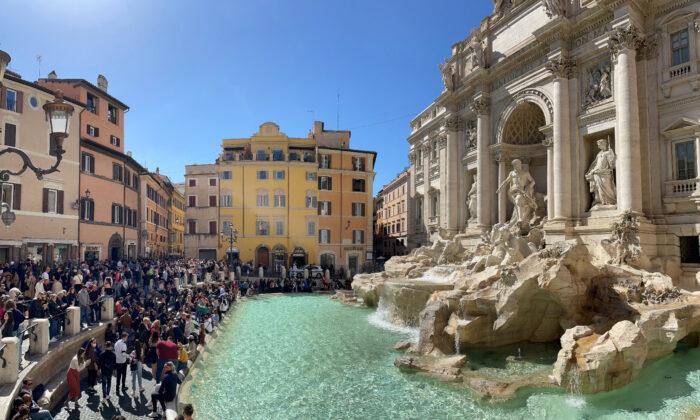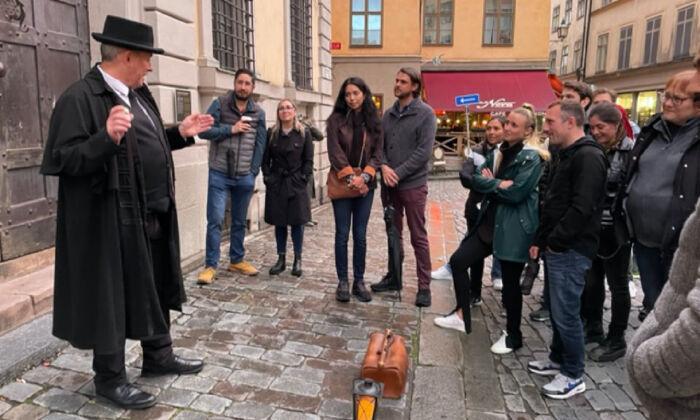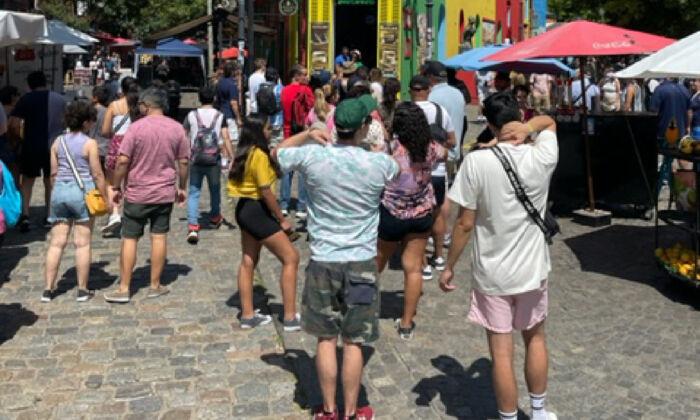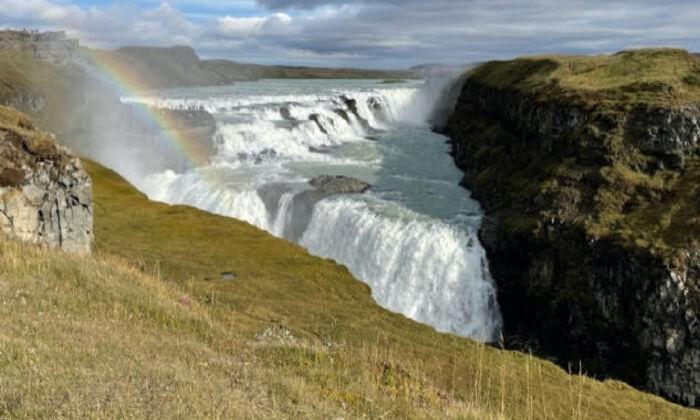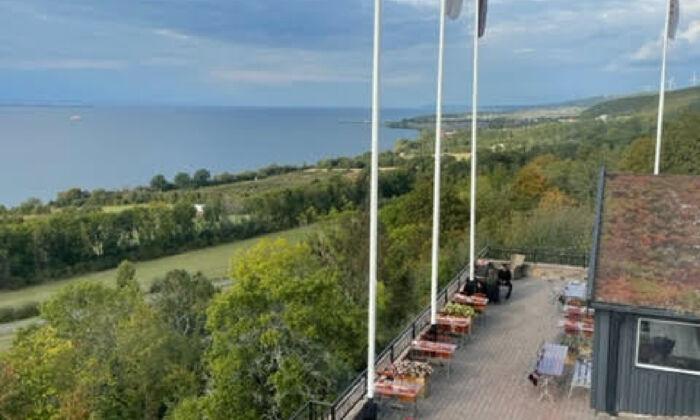Arriving in Rome with only a few days to visit, my husband and I realized we could only scratch the surface of what was to be seen, and although we had scheduled guides to take us through the Vatican, Colosseum, and Forum, after a nine-hour flight, we just wanted to wander. His only request had been that we make unscheduled time to savor, and that made for some of our best memories.
That first afternoon we used a map to explore around the quaint Hotel Ponte Sisto, where we were staying. Just a few blocks away, our narrow cobblestone street spilled into a colorful fresh market selling flowers, vegetables, herbs, and fruits in one of Rome’s smaller piazzas. Samples were available for oils and spices, but I was lured by a man demonstrating a small tool for making zucchini noodles. Sold! I walked away with my first Italian souvenir. And while I had been captivated in the vegetable stall, my husband surprised me with a bouquet of fresh sunflowers and roses. This square was called, after all, Campo de'Fiore, which means “field of flowers,” a nod to the flower meadow that grew here during the Middle Ages.
In the center of Campo de'Fiore stands the hooded statue of Giordano Bruno, who faces the Vatican on the very spot where he was burned in 1600 for heresy, his philosophical interest in freedom of thought his downfall. Now the stalls bustle by day, and visitors dine by night. Several Italian cafés line the perimeter of the piazza, and we returned twice to enjoy Roman artichokes, pasta, and risotto while we watched children play in the dark near Bruno’s statue while their watchful parents dined.
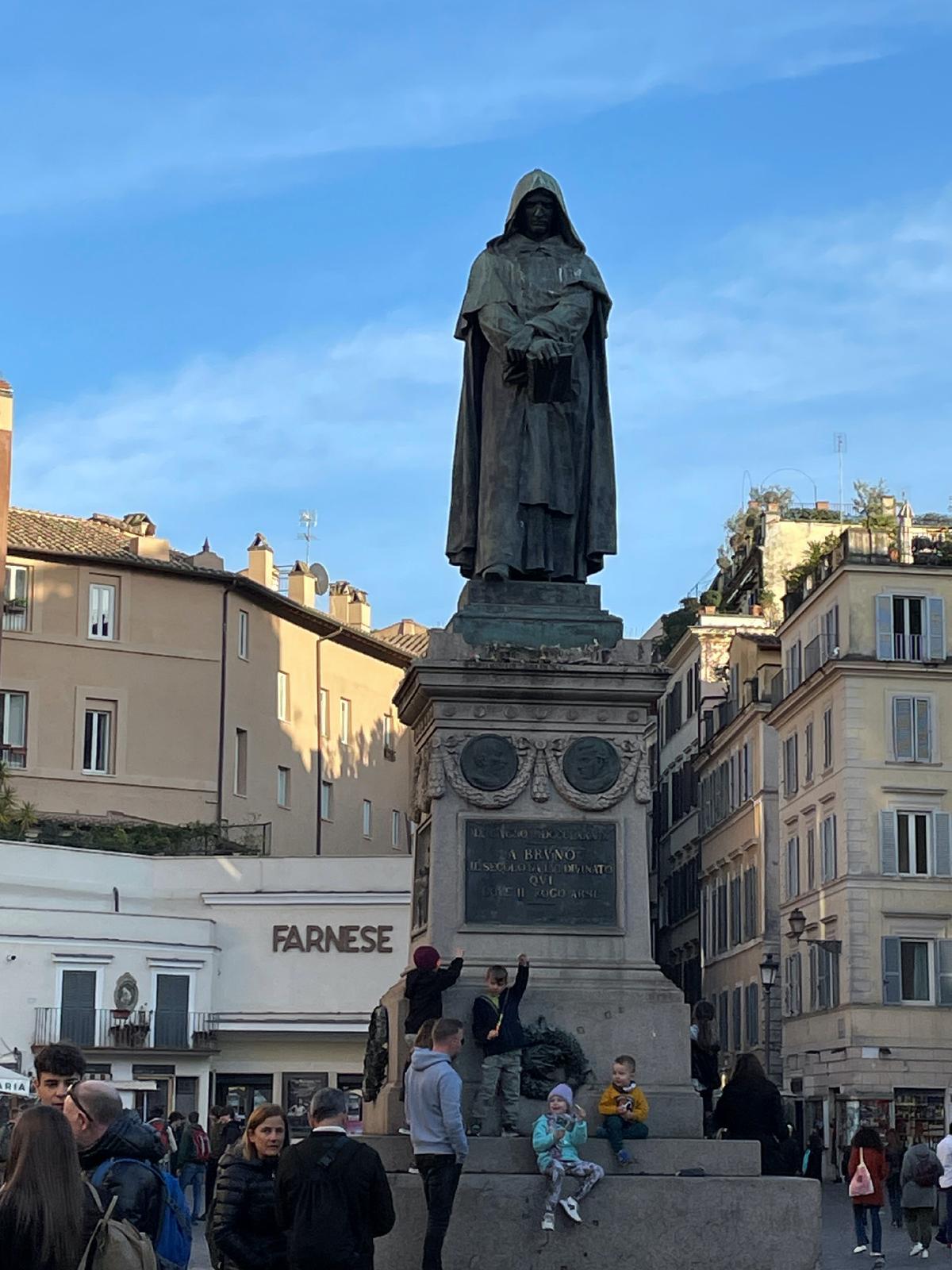
Just a few blocks beyond Campo de'Fiore is the significantly larger Piazza Navona. This vast open space that boasts fountains by Bernini and Della Porta, a student of Michelangelo, was built in A.D. 86 as a stadium for athletic events, with stands that held up to 20,000 people. Houses were eventually erected where the stands once were, and now gelato shops, restaurants, and the Museo di Roma surround the piazza. From 1652 to 1865, however, the fountains would often be turned off to create a cooling lake in the once-concave space during hot August weekends. We sat in a café with our Aperol spritzes to listen to wandering musicians and watch the world stroll past.
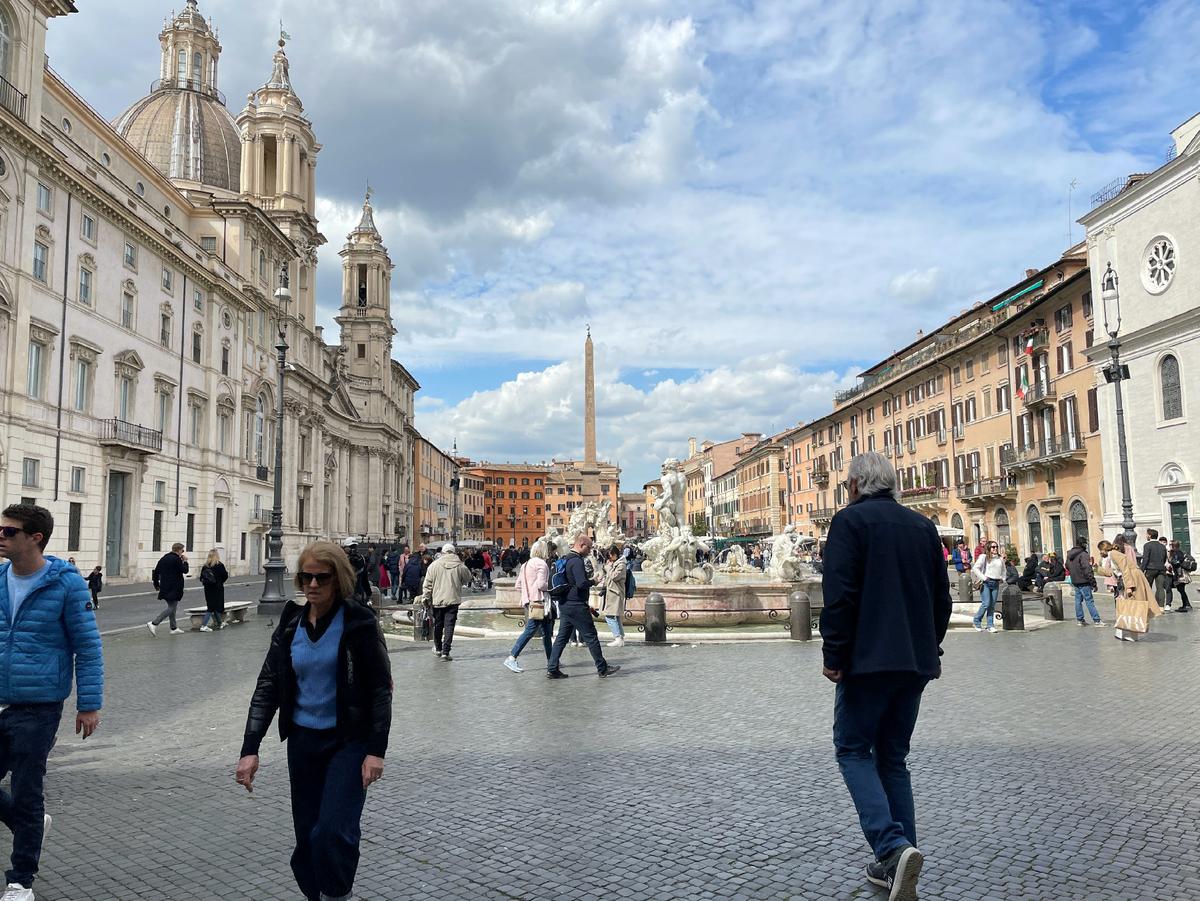
Our second day in Rome took us beyond the half-mile we had seen the day before. Still armed with our map, we ventured to the Pantheon, just two blocks away from Piazza Navona. We had booked an audio guide for the 2,000-year-old structure that was conveniently available at any time of day. Explanations of the building’s architecture and the astronomical significance of its famed oculus made the audio guide worthwhile, and it also pointed out the chapels, altars, and graves within the structure. I was moved to learn that I stood at the artist Raphael’s grave on our shared birthday—also the date on which died.
Another half-mile away, we stumbled into a heaving mass of visitors who stood around the biggest fountain I had ever seen. Like everyone else in the crowd, I had my coin ready to toss into the Trevi Fountain—a guarantee of my return to the romantic city. Soon after our arrival near the bright turquoise pool, a cheer echoed as we transcended language barriers to celebrate a kneeling man’s proposal to his blushing love.
With a scoop of Amarena gelato in hand, we moved on toward the Spanish Steps, a little more than a mile from our hotel. Guards protect the steps now from visitors like me who want to sit and nibble gelato or steal a kiss, and I was waved off by a woman in uniform who admonished me to keep moving. Fortunately, Barcaccia Fountain, at the foot of the steps, had a few seats available from which we watched children splash and romantics ascend the famous stairs. Bernini and his father created this fountain in 1627. Legend says it is reminiscent of a boat that was stranded there after a particularly bad flood of the Tiber River in 1598.
With our planned routes complete, we pocketed the map and turned back toward our hotel. Not far away, we came upon a towering column with intricately carved battle scenes near a large palace. I made a note of the location and found out later that we had been at the foot of the Column of Marcus Aurelius in front of Montecitorio Palace, the Italian parliament building. The column depicts the emperor’s battles between A.D. 172 and A.D. 175 to defend the Roman Empire, and it’s thought to have been erected by his son.
Further roaming led us past a wide excavation site that looked important. I took a photo of this too and learned that we had been at Largo di Torre Argentina, the site of Julius Caesar’s death on March 15, 44 B.C. Its surrounding temples and theater date back as far as 200 B.C. Like the column and parliament building, this historically rich square hadn’t been on our carefully planned lists.

